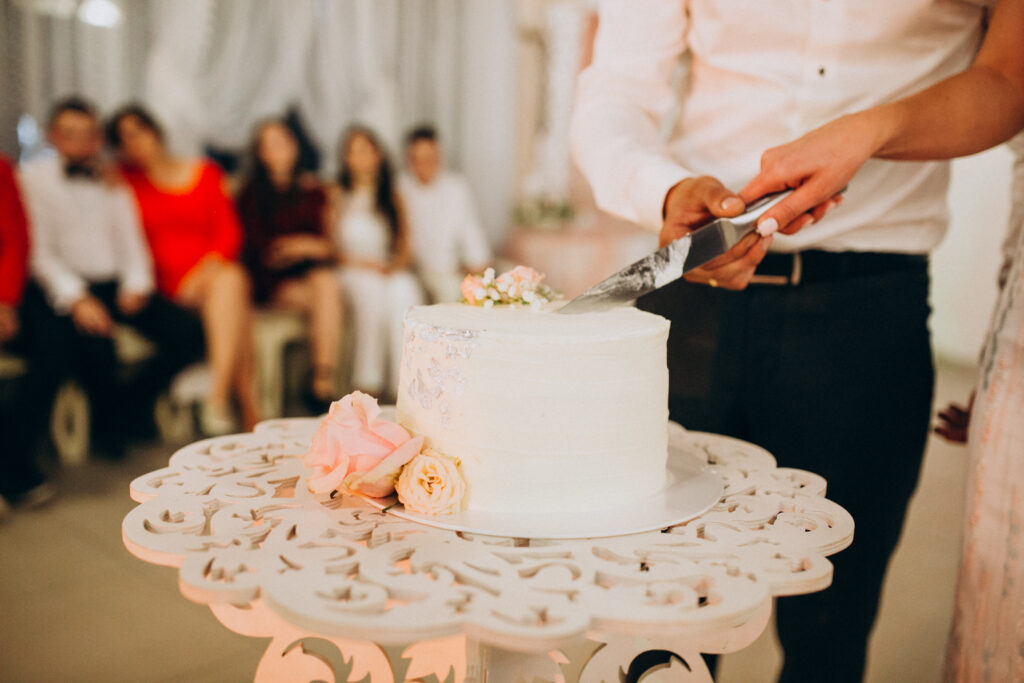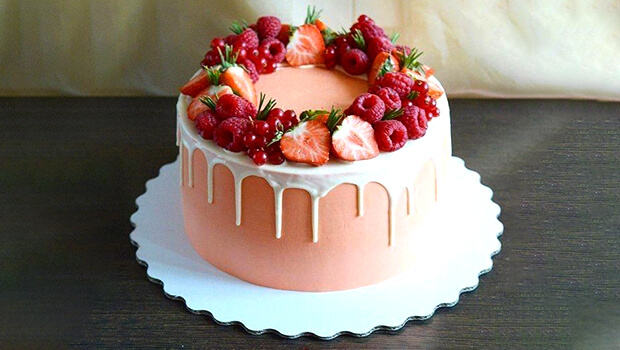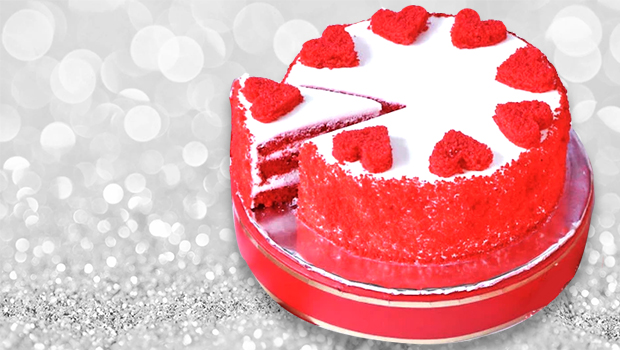India, a land of diverse cultures and traditions, is known for its vibrant celebrations and rich heritage. Among the many rituals and customs that mark joyous occasions, the cake-cutting ceremony has gained immense popularity in recent years. Originally a Western tradition, the cake-cutting ceremony has seamlessly integrated into Indian festivities, adding a touch of sweetness and delight to weddings, birthdays, anniversaries, and other special events. In this blog post, we will delve into the significance of the cake-cutting ceremony in India, its cultural adaptation, and the joy it brings to celebratory gatherings.
Embracing a Global Tradition
The cake-cutting ceremony is believed to have originated in ancient Rome, where it symbolized fertility and good fortune. Over time, it became an integral part of Western celebrations, especially weddings and birthdays. With the globalization of cultures, Indians have embraced this delightful custom and incorporated it into their own festivities. It is now a common sight at Indian weddings, where a beautifully adorned cake takes center stage, and the couple ceremoniously cuts the first slice together, symbolizing their shared commitment and beginning their journey as a married couple.
Symbolism and Rituals
In India, the cake-cutting ceremony carries its own unique symbolism and rituals, blending the traditional with the modern. For example, at weddings, the cake-cutting ceremony often takes place after the main wedding rituals, as a joyful and light-hearted moment amidst the traditional customs. The couple, dressed in their wedding attire, stands together to cut the cake, with family and friends gathered around to witness the auspicious event. The first slice is shared by the couple, symbolizing their unity and the promise to share their joys and sorrows in the journey of married life.
Fusion of Flavors
One of the fascinating aspects of the cake-cutting ceremony in India is the fusion of flavors that caters to the diverse palates of the country. While classic flavors like vanilla and chocolate remain popular, Indian bakers have introduced a wide array of flavors that reflect the country’s culinary diversity. From rich saffron-infused cakes to cardamom-spiced delicacies, the options are endless. These flavors pay homage to traditional Indian sweets while embracing the modernity of cake. The cake-cutting ceremony has become an opportunity to experiment with unique flavors that not only satisfy the taste buds but also reflect the couple’s preferences and cultural heritage.
Capturing Memories
In the age of social media and smartphones, the cake-cutting ceremony has become a cherished moment that is enthusiastically captured and shared with friends and family. Professional photographers ensure that the joy and excitement of the ceremony are immortalized in stunning photographs. The candid shots of the couple cutting the cake, the showering of confetti, and the expressions of delight on the faces of loved ones create memories that will be treasured for years to come.
Conclusion
The cake-cutting ceremony has seamlessly integrated into Indian celebrations, adding an extra layer of sweetness and joy to special occasions. It represents the blending of cultures and the modernization of traditions, while still paying homage to the rich heritage of the country. From weddings to birthdays, the cake-cutting ceremony serves as a symbol of love, unity, and celebration. As this delightful tradition continues to evolve, it reminds us that embracing global customs can enhance our cultural tapestry and create moments of shared happiness. So, the next time you attend an Indian celebration, be sure to savor the joy of the cake-cutting ceremony and indulge in a slice of sweetness that brings people together in celebration and love.




